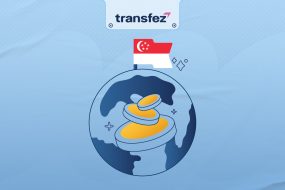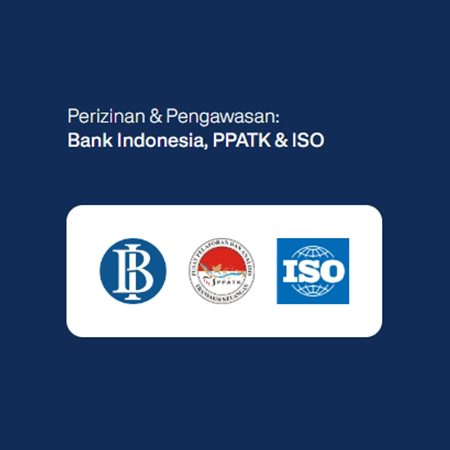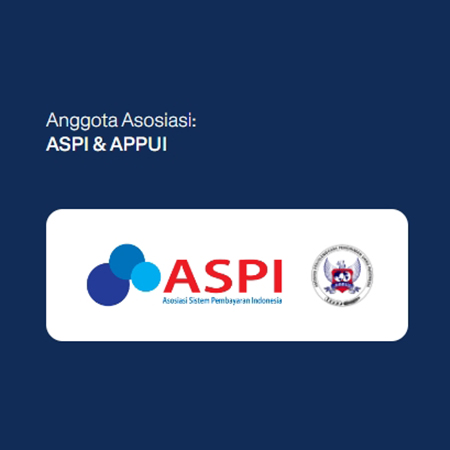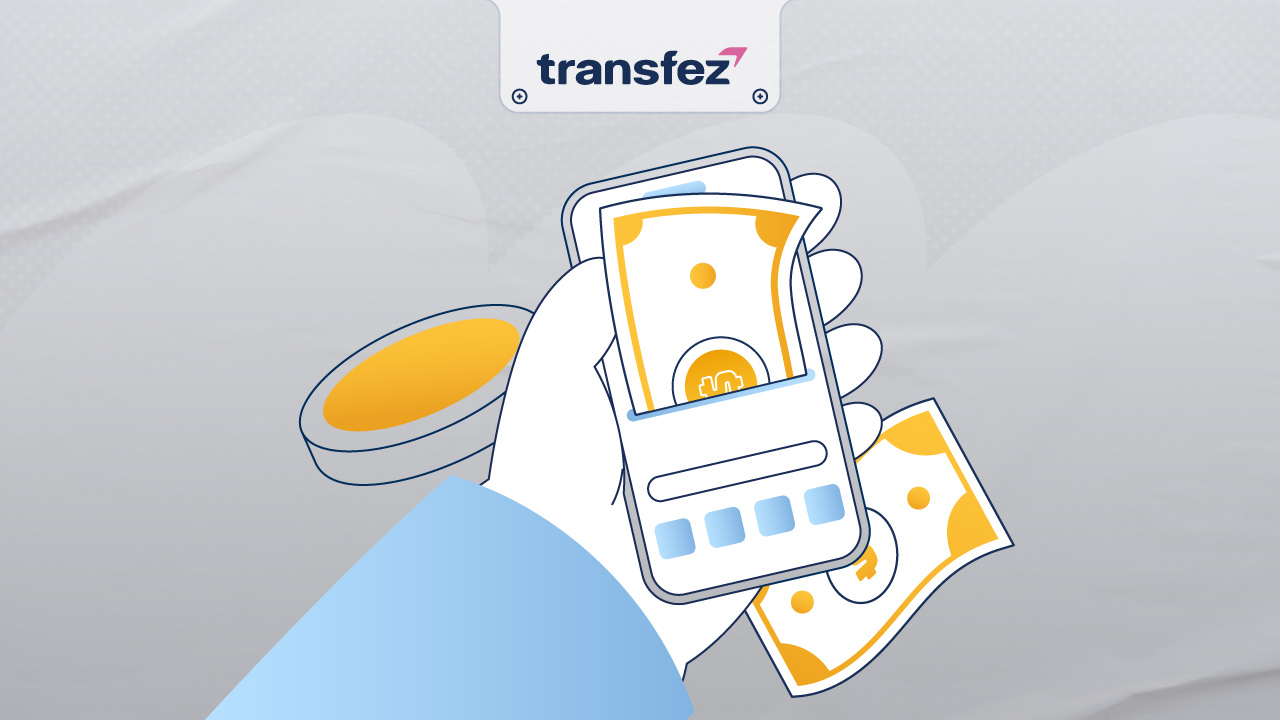
Have you ever heard the term clearing during a bank transaction? What exactly is clearing? For loyal readers of Transfez who are still wondering about what clearing is, in this article, Transfez will explain the definition, types, and examples of clearing. Let’s take a look at the explanation below.
Definition of Clearing
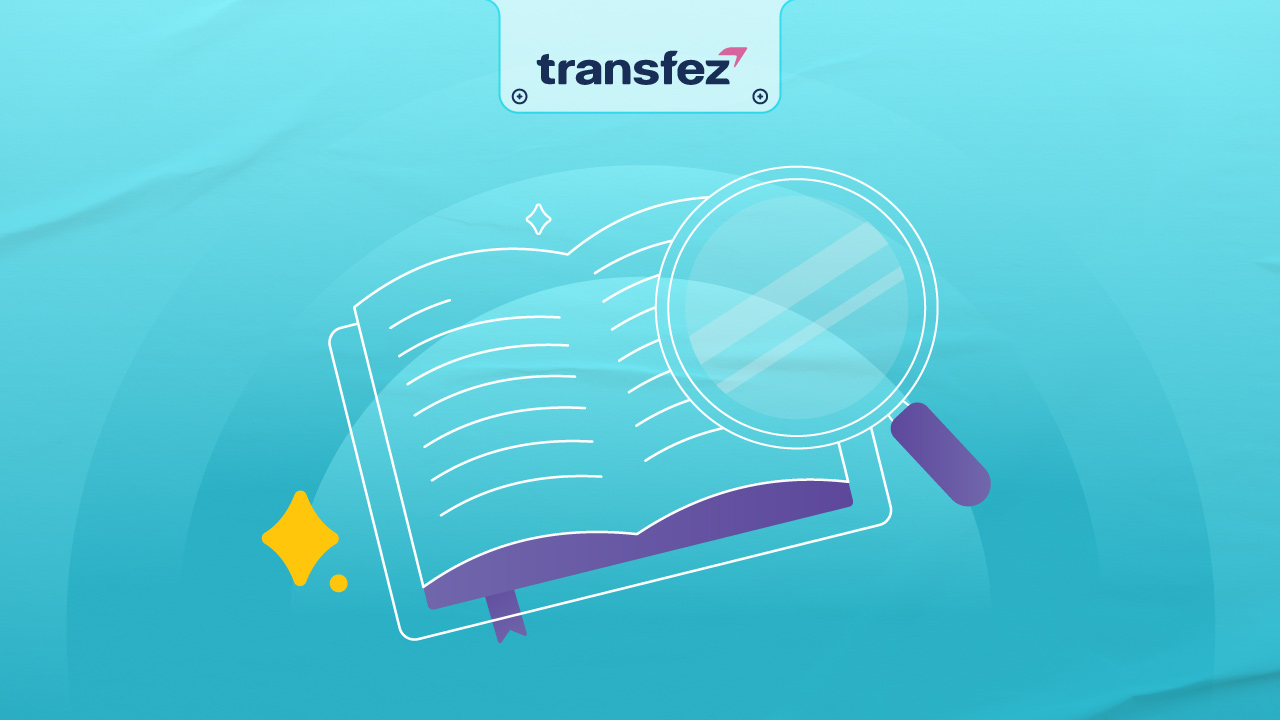
Clearing is one of the three money transfer methods that customers can use to move funds to another account (either their own or someone else’s account). Clearing is also a mechanism for settling debts and receivables using various forms of securities or commercial papers, from one account (either directly by the customer or through an appointed party on behalf of the customer) to another account. Clearing can be done manually at the bank or automatically through certain electronic media.
Benefits of Clearing
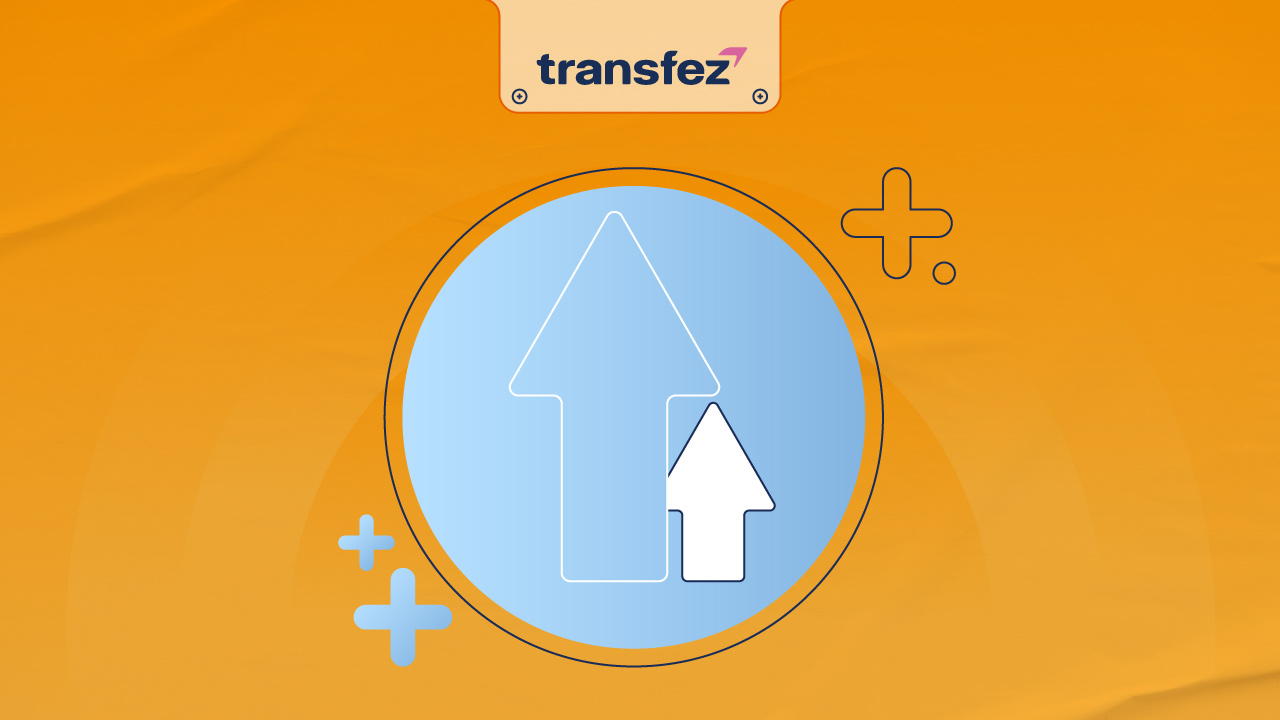
After understanding what clearing is, here are the benefits of clearing for the public, especially for business people:
1. Speeds up the money transfer process.
2. Increases efficiency in the national payment system.
3. Helps customers carry out large financial transactions, whether as individuals or companies.
Types of Clearing
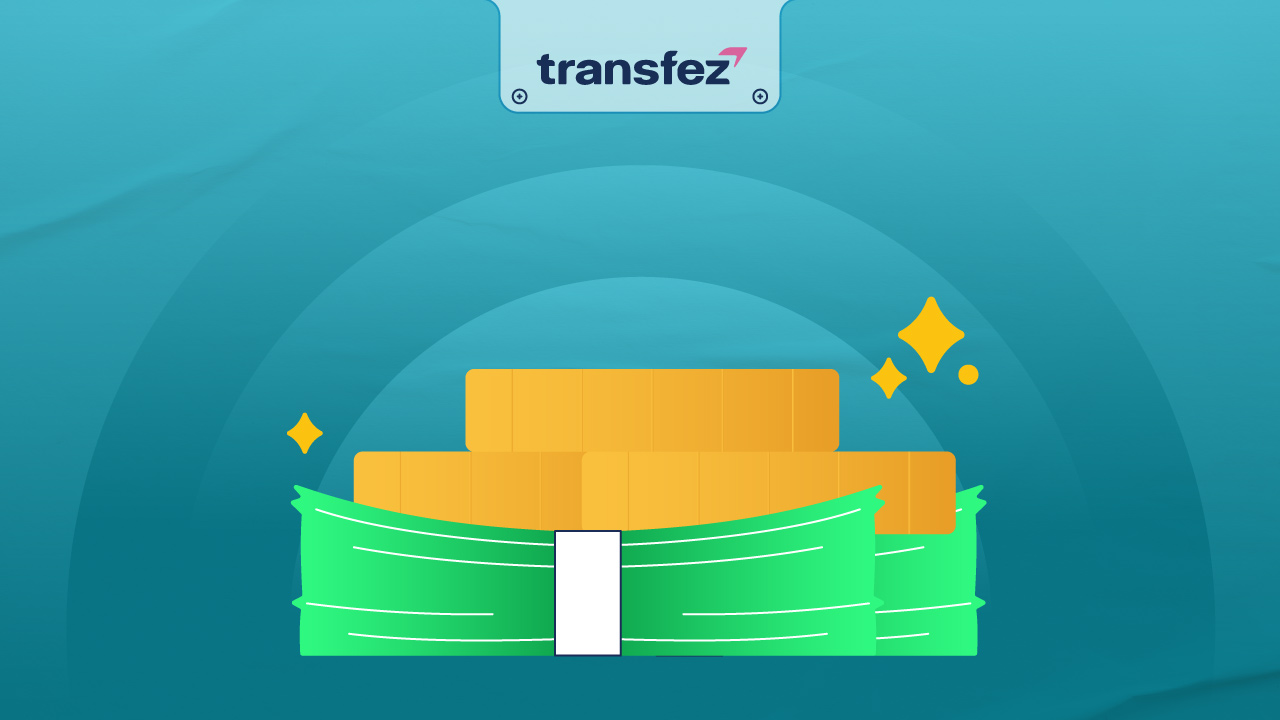
There are three main types of clearing that you should know, namely general clearing, local clearing, and inter-branch clearing. What are they? Here’s the explanation:
1. General Clearing
General clearing refers to the method of money transfer or debt settlement using securities conducted between banks. This process is supervised and regulated by Bank Indonesia.
2. Local Clearing
Local clearing is the transfer or debt settlement process conducted between banks within a specific area, following local regulations.
3. Inter-Branch Clearing
Inter-branch clearing is a method of transferring money or settling debts using securities, specifically within branches of the same bank, generally within the same area. The process involves compiling all transactions from the bank’s branch offices.
Bank Indonesia National Clearing System (SKNBI)
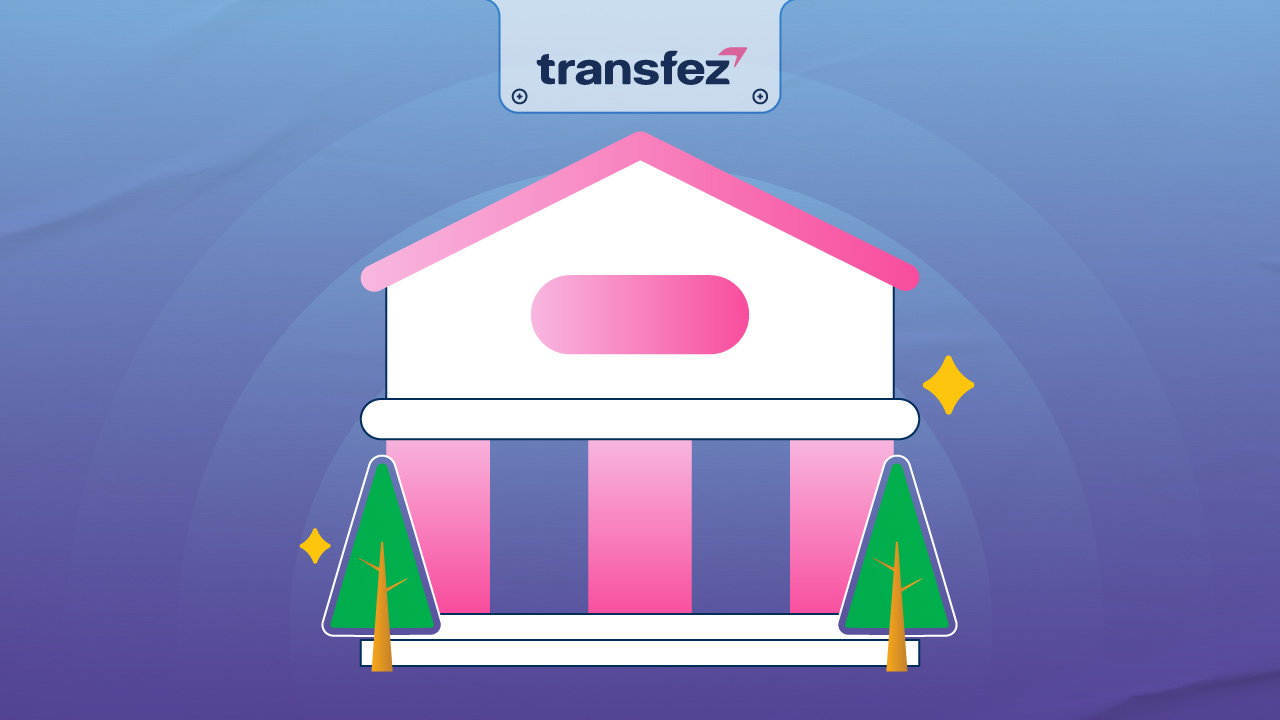
According to Bank Indonesia Regulation No. 7/18/PBI/2005, the Bank Indonesia National Clearing System (SKNBI) consists of two types:
Debit Clearing
In SKNBI, debit clearing involves debit transfers, which originate from debit instruments or clearing instruments, including:
1. Debit instruments issued by customers within the clearing area,
2. Debit instruments such as inter-regional giro slips and checks.
Credit Clearing
In SKNBI, credit clearing involves credit transfers, conducted nationally under these conditions:
1. Transfers that can be cleared are credit transfers from customers in one clearing area to other customers throughout Indonesia,
2. Such credit transfers must be cleared in the form of Electronic Financial Data (DKE) Credit in Indonesian Rupiah,
3. The clearing of credit transfers is processed nationally by the National Clearing Operator (PKN).
Clearing Instrument Systems
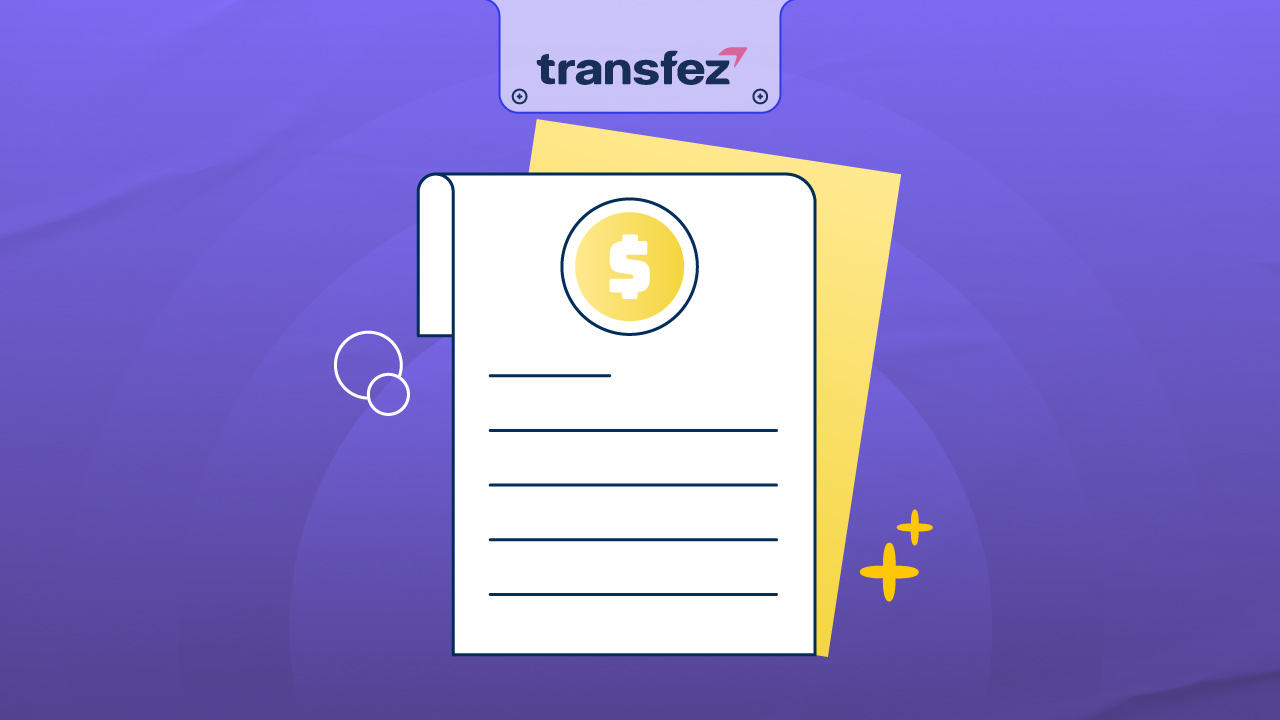
There are several systems used in clearing instruments:
1. Manual System
A local clearing system where all processes are conducted manually by customers, including the preparation of clearing balance slips and selecting clearing instruments.
2. Semi-Automated System
A local clearing system where the preparation and calculation of clearing balance slips are still done manually by each customer.
3. Automated System
An automated system used in local clearing, where the calculation of clearing balances and sorting of instruments are processed automatically.
4. Electronic Clearing System
An electronic clearing system where all calculations and preparation of clearing balance slips are done electronically. The customer’s instruments are submitted to the clearing operator electronically and are sorted automatically. All calculations are finalized based on electronic results.
Example of Clearing
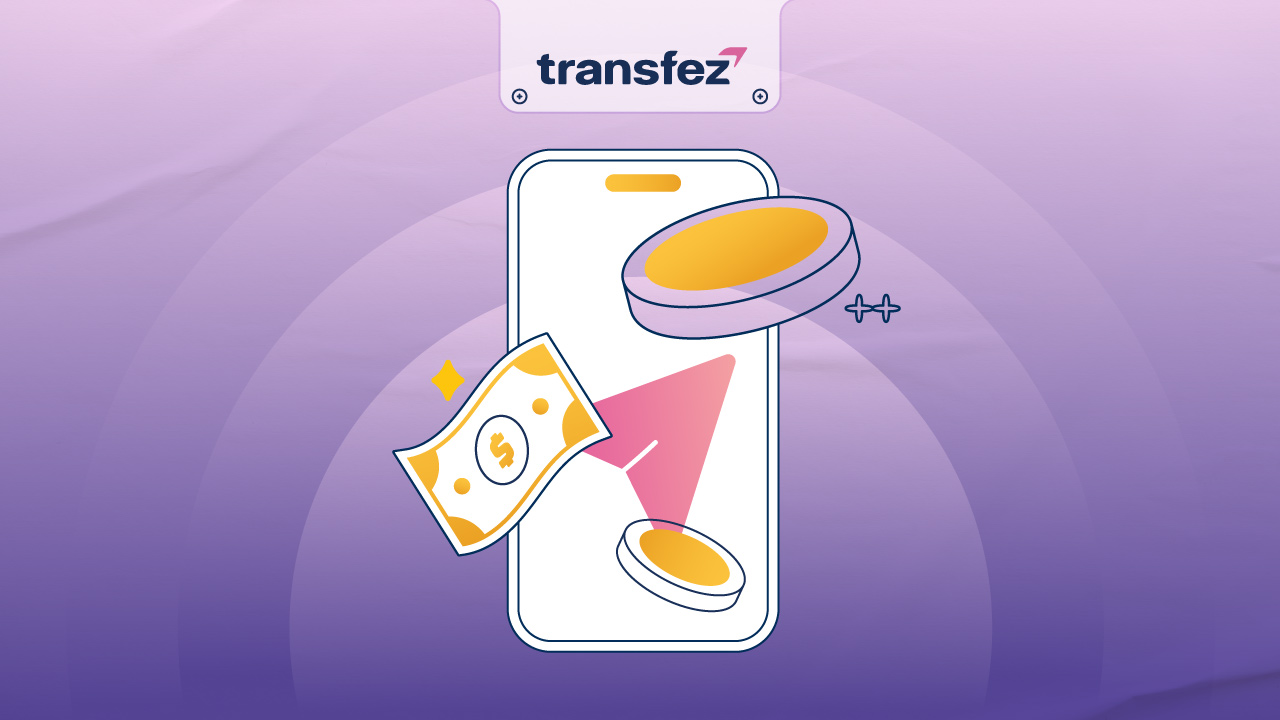
Now that you understand what clearing is, along with its benefits, types, and systems, here is an example of clearing. Transferring money to another account through clearing is often referred to as a clearing instrument or debit instrument.
A clearing instrument or debit instrument is a non-cash payment settled through debit clearing, and includes:
1. Promissory notes
2. Checks
3. Giro slips
4. Debit notes
5. Other debit instruments approved by Bank Indonesi
According to regulations, all debit instruments must be in Indonesian Rupiah. Additionally, all clearing instruments must comply with the requirements set by Bank Indonesia’s Circular Letter. So, an example of sending money via clearing is when you transfer funds using a promissory note, check, giro slip, or debit note from your bank account to someone else’s bank account.
See Video on How to Easily Send Money Abroad with Transfez
Differences Between Clearing, RTGS, and Online Transfers
There are various interbank money transfer methods. Now that you understand what clearing is, you might be curious about how clearing differs from other transfer methods, right? Besides clearing, there are two other common methods for transferring money: Real Time Gross Settlement (RTGS) and online transfer.
Real Time Gross Settlement (RTGS) is an electronic fund transfer system where each transaction is settled immediately (real time). Meanwhile, online transfer is the most common method used by customers, either via ATM, mobile banking, or internet banking. Below is a comparison table of the three methods.
| Kliring | Real Time Gross Settlement (RTGS) | Transfer Online | |
| Transaksi Minimal | – | Rp 100 juta | – |
| Transaksi Maksimal | Rp 1 miliar | Rp 1 miliar | Rp50 juta – Rp100 juta (maksimal) |
| Biaya | Rp 3.500 (maksimal) | Rp 35.000 | Rp6.500 |
| Pelaksana | BI | BI | Provider ATM |
| Settlement (Penyelesaian Akhir) | Jam 10 pagi, 12 siang, 2 siang, 4 sore | Setiap saat di hari kerja | Kapanpun dan saat itu juga |
| Sarana Prasarana | Kantor cabang, mobile banking, internet banking | Kantor cabang, mobile banking, internet banking | Mesin ATM, mobile banking, SMS banking, internet banking, phone banking |
Download Transfez App
Transfez App can help you transfer money abroad more quickly and efficiently. Jack Finance can also help your business in making transactions abroad. For those of you who want to send money to relatives who are abroad because they are studying, working, or traveling, Transfez will be ready to help. This app is available on Android as well as iOS.






